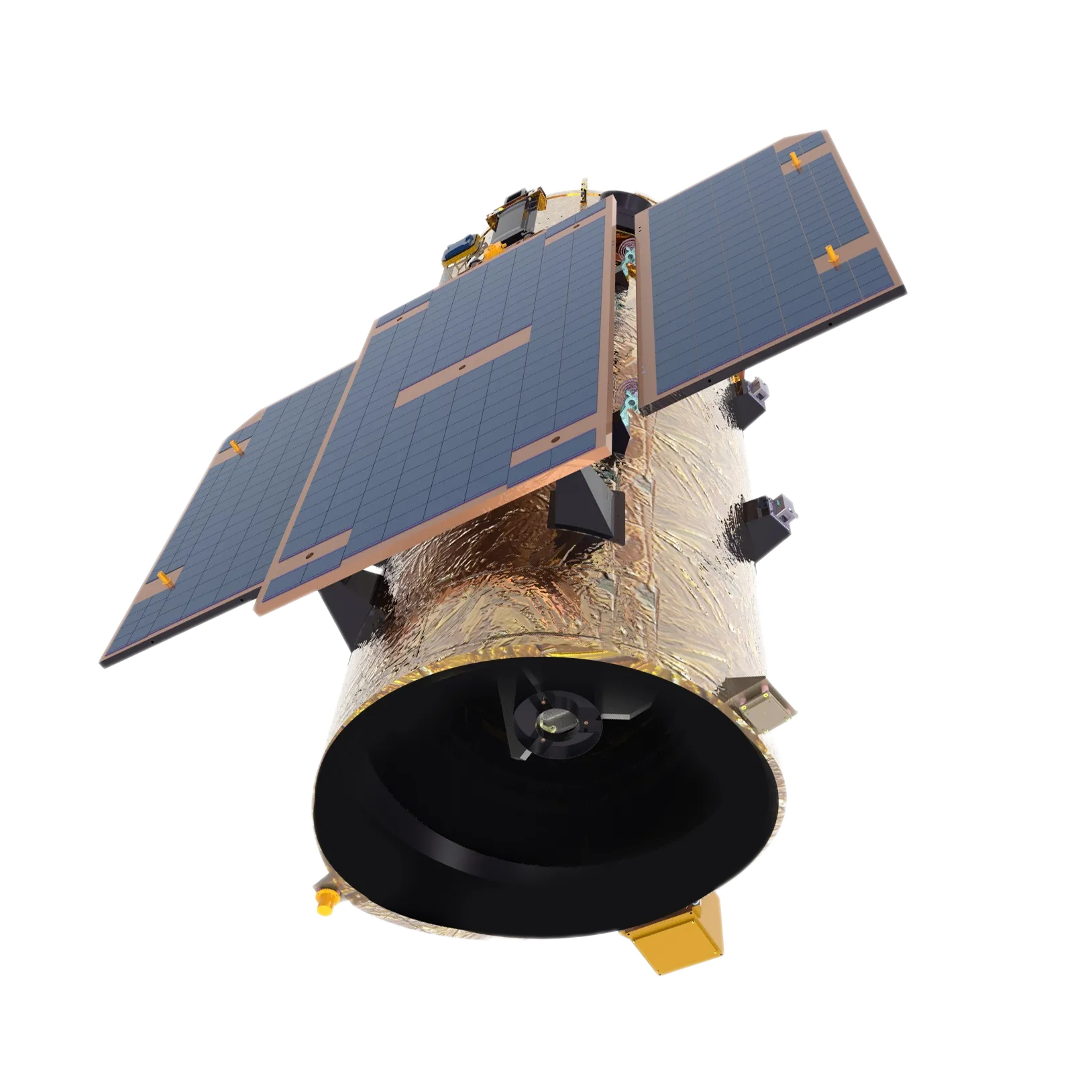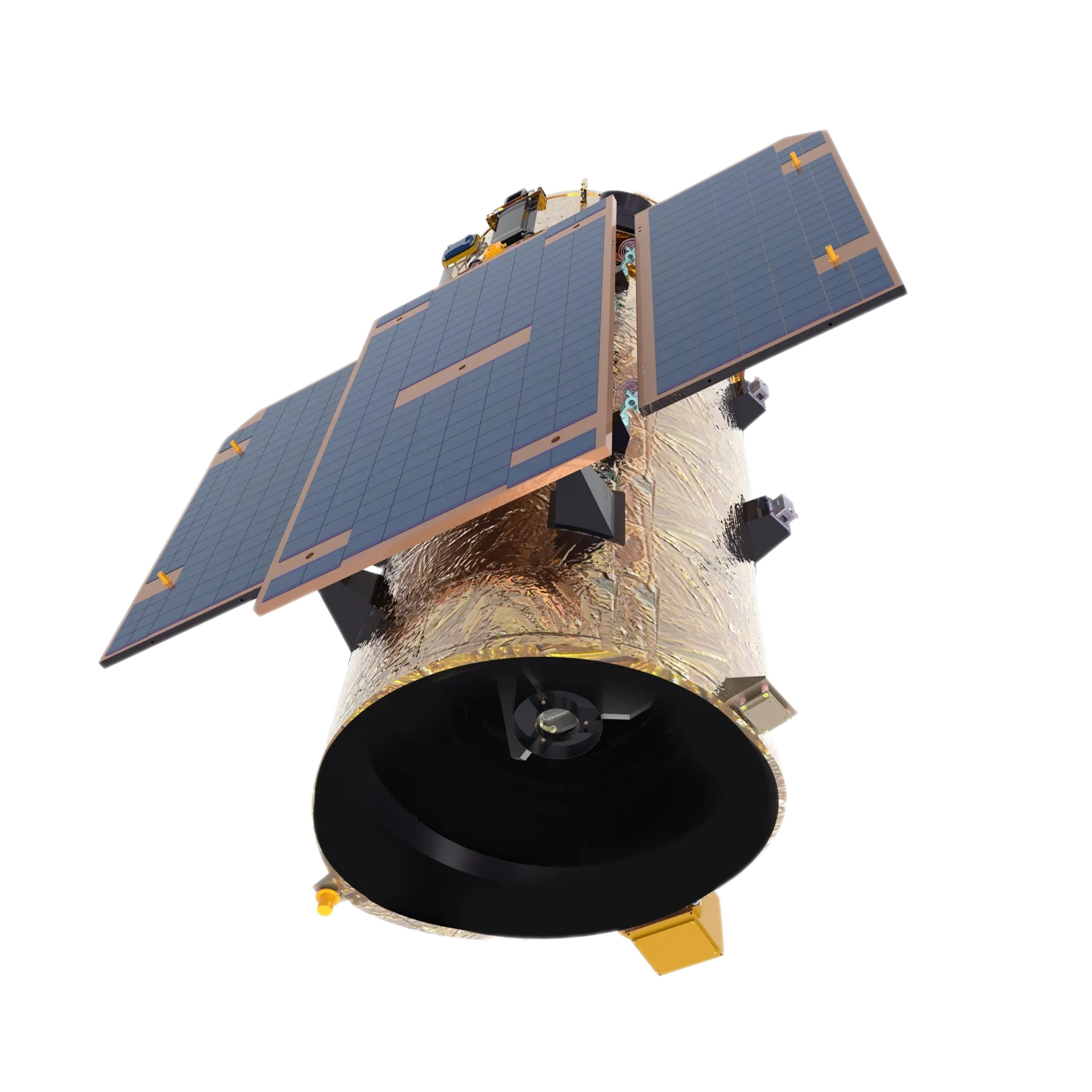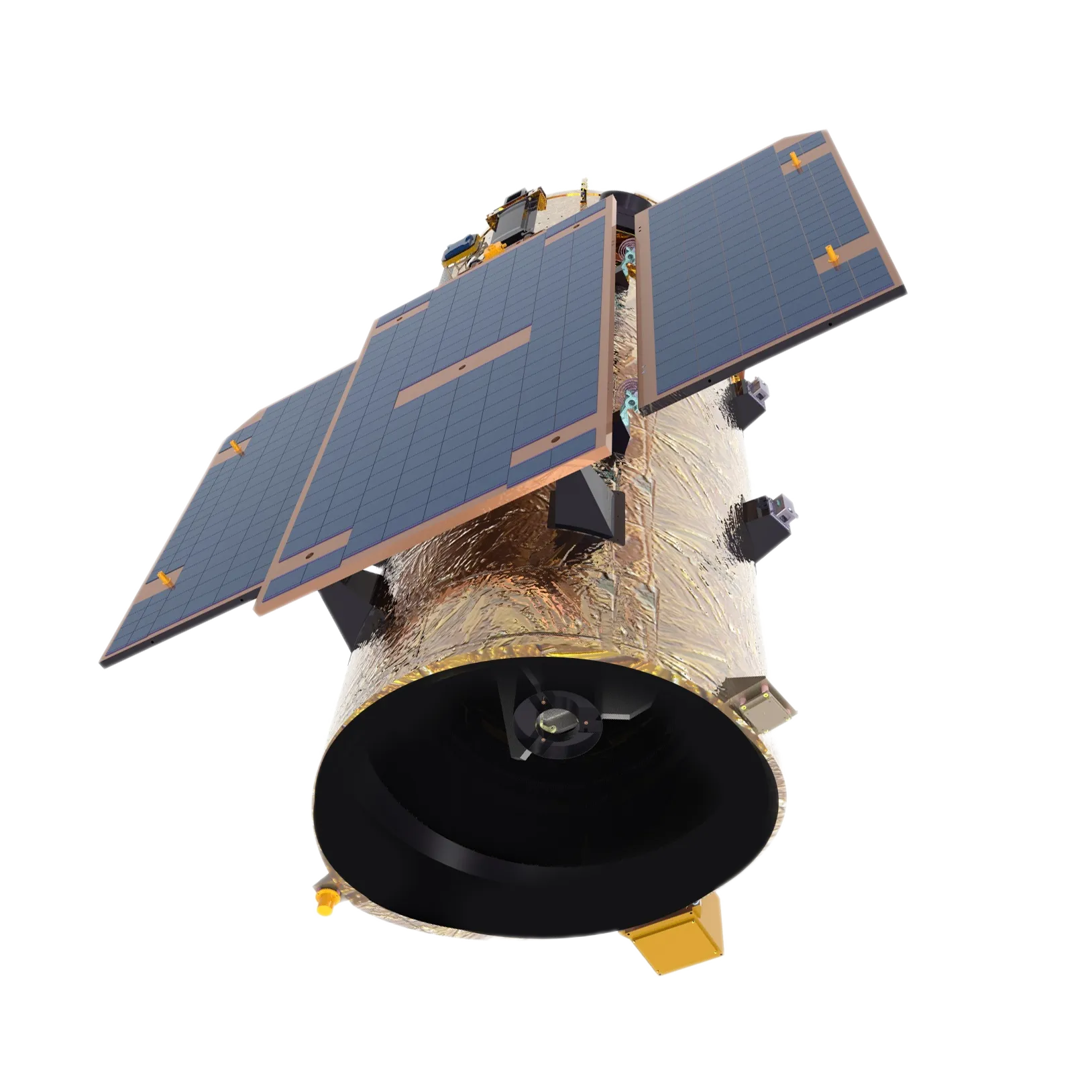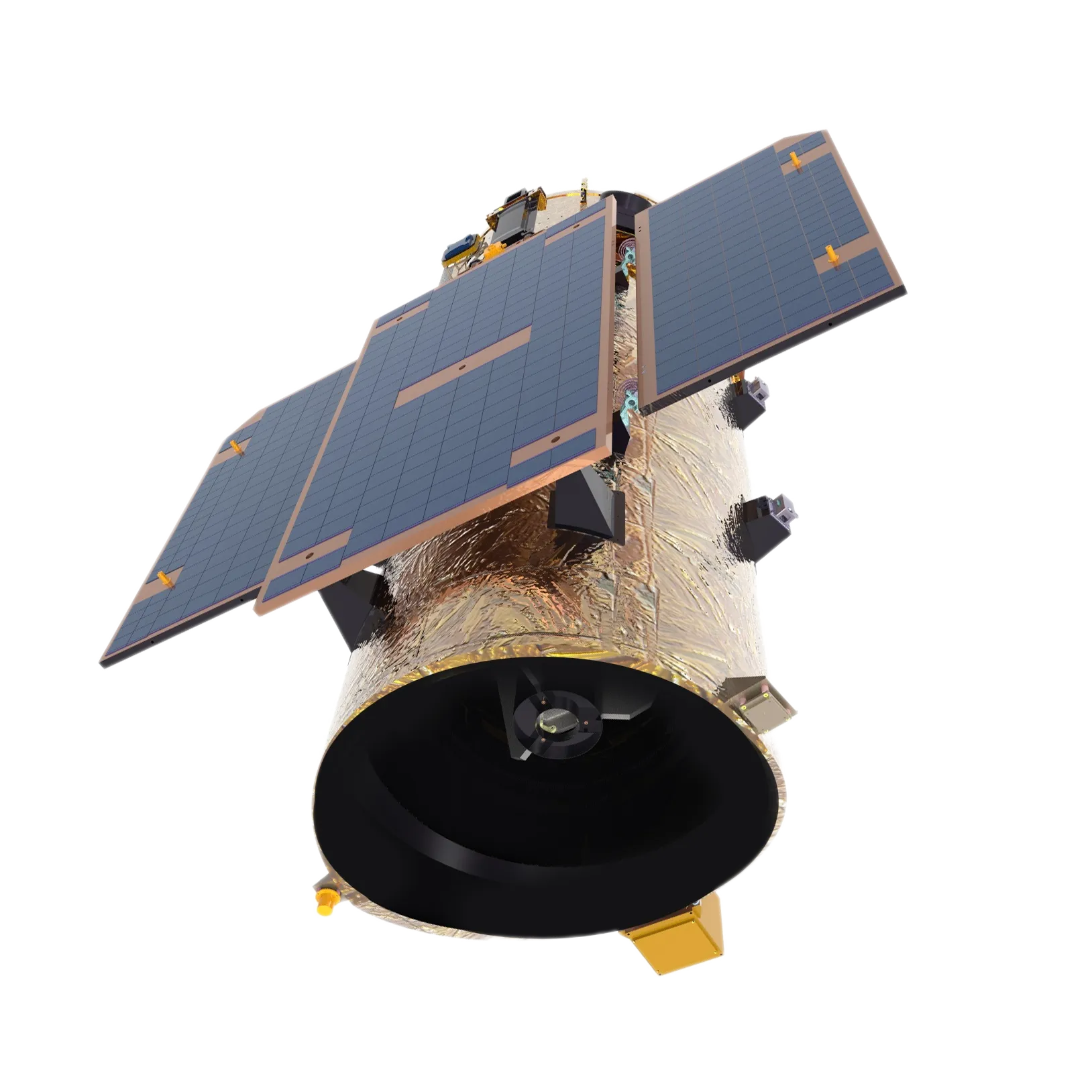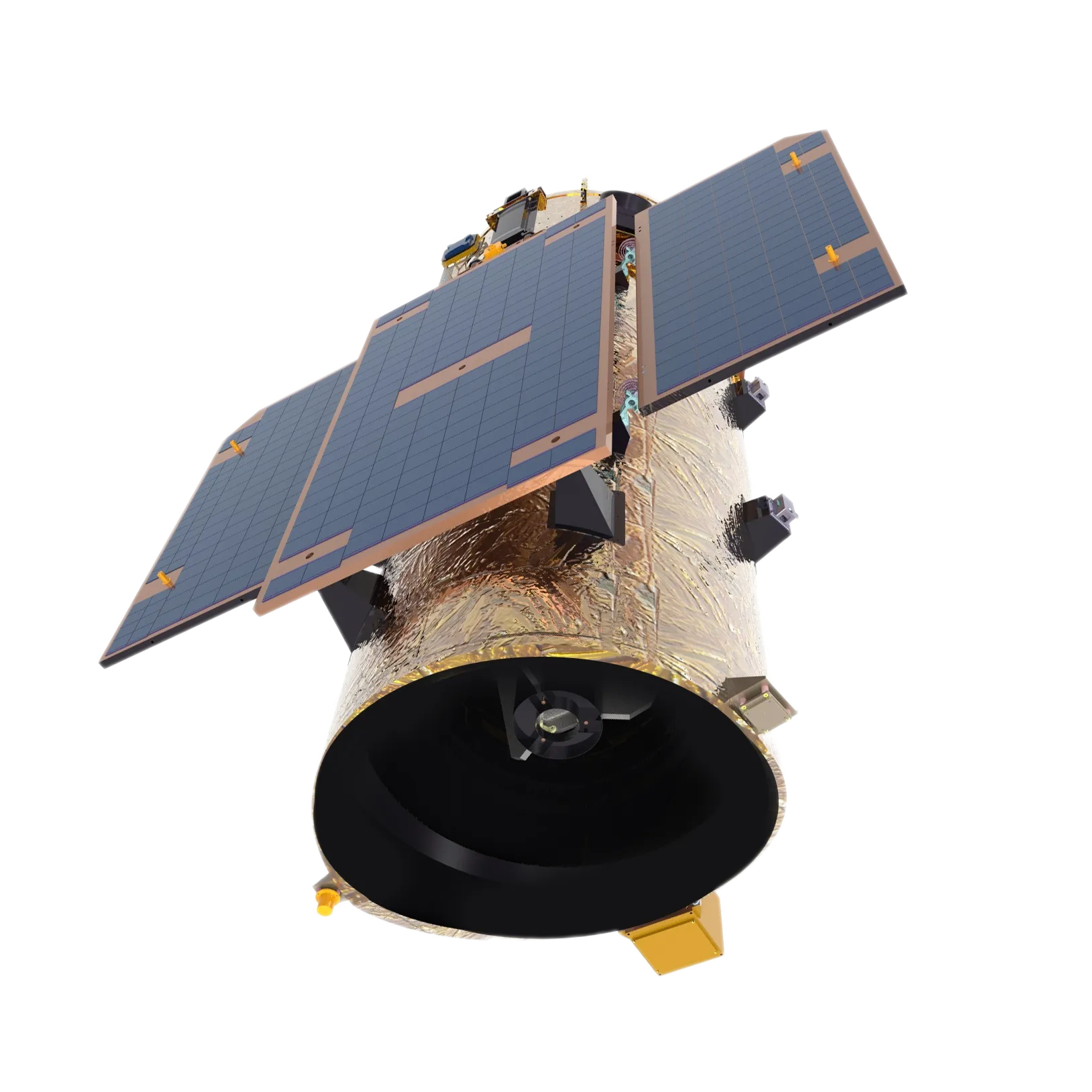
- Afrikaans
- Albanian
- Amharic
- Arabic
- Armenian
- Azerbaijani
- Basque
- Belarusian
- Bengali
- Bosnian
- Bulgarian
- Catalan
- Cebuano
- China
- Corsican
- Croatian
- Czech
- Danish
- Dutch
- English
- Esperanto
- Estonian
- Finnish
- French
- Frisian
- Galician
- Georgian
- German
- Greek
- Gujarati
- Haitian Creole
- hausa
- hawaiian
- Hebrew
- Hindi
- Miao
- Hungarian
- Icelandic
- igbo
- Indonesian
- irish
- Italian
- Japanese
- Javanese
- Kannada
- kazakh
- Khmer
- Rwandese
- Korean
- Kurdish
- Kyrgyz
- Lao
- Latin
- Latvian
- Lithuanian
- Luxembourgish
- Macedonian
- Malgashi
- Malay
- Malayalam
- Maltese
- Maori
- Marathi
- Mongolian
- Myanmar
- Nepali
- Norwegian
- Norwegian
- Occitan
- Pashto
- Persian
- Polish
- Portuguese
- Punjabi
- Romanian
- Russian
- Samoan
- Scottish Gaelic
- Serbian
- Sesotho
- Shona
- Sindhi
- Sinhala
- Slovak
- Slovenian
- Somali
- Spanish
- Sundanese
- Swahili
- Swedish
- Tagalog
- Tajik
- Tamil
- Tatar
- Telugu
- Thai
- Turkish
- Turkmen
- Ukrainian
- Urdu
- Uighur
- Uzbek
- Vietnamese
- Welsh
- Bantu
- Yiddish
- Yoruba
- Zulu
The Growing Importance Of Multispectral Cameras In Modern Imaging
In today’s advanced imaging landscape, the multispectral camera plays a pivotal role by capturing data beyond the visible spectrum. These devices enable detailed analysis by collecting information across different wavelengths, making them invaluable tools across diverse fields such as agriculture, environmental monitoring, and industrial inspection. The availability of a low cost multispectral camera now broadens access to this technology, allowing more users to benefit from the enhanced imaging capabilities. When considering to buy a multispectral camera, understanding the technology’s nuances—including the importance of the multispectral lens and options like the multispectrum infrared combination camera—is essential to maximize its effectiveness.
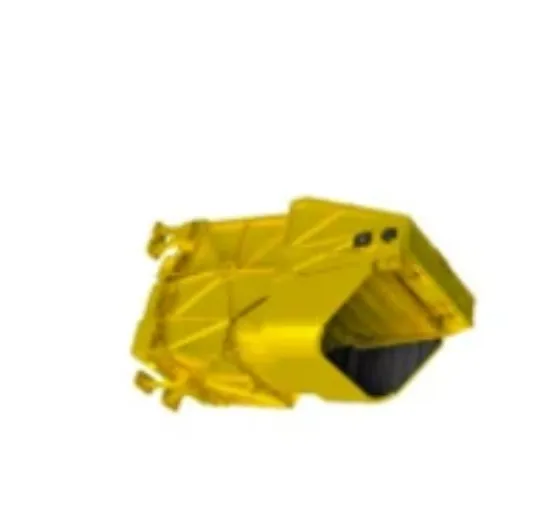
Understanding the Features of a Multispectral Imaging Camera
A multispectral imaging camera captures multiple discrete spectral bands, enabling users to detect features invisible to standard cameras. The multispectral visible imaging camera variant focuses on visible and adjacent spectral bands, offering precise data for applications like crop health analysis and material differentiation. Some advanced models combine visible and infrared capabilities, known as multispectrum infrared combination cameras, allowing for broader data capture. This versatility supports applications ranging from vegetation monitoring to industrial quality control, making these cameras highly adaptable.
Choosing the Right Multispectral Lens
The performance of any multispectral camera heavily depends on the quality of its multispectral lens. These lenses are designed to transmit light across multiple wavelengths efficiently while minimizing distortion. Selecting the appropriate multispectral lens ensures that the camera captures accurate spectral data, which is critical for reliable analysis. Whether your focus is on visible bands or an extended spectral range that includes infrared, choosing a lens tailored to your camera system and application enhances image clarity and data precision.
Benefits of Investing in a Low Cost Multispectral Camera
With technological advancements, the low cost multispectral camera is becoming an attractive option for many industries. It provides essential multispectral imaging capabilities at a fraction of the traditional cost, without sacrificing critical features. This affordability encourages wider adoption across sectors such as agriculture, environmental science, and manufacturing. By enabling access to detailed spectral data, these cameras help optimize processes, improve decision-making, and increase efficiency. For anyone looking to buy a multispectral camera, considering a cost-effective yet capable model is a practical approach to harness multispectral imaging advantages.
In summary, multispectral cameras offer powerful imaging solutions by capturing spectral data beyond human vision. Integrating high-quality multispectral lenses and exploring options like multispectrum infrared combination cameras further expand the potential applications. As low cost multispectral cameras become more prevalent, their role in modern imaging continues to grow, providing valuable insights that drive innovation and improve outcomes across various fields.






